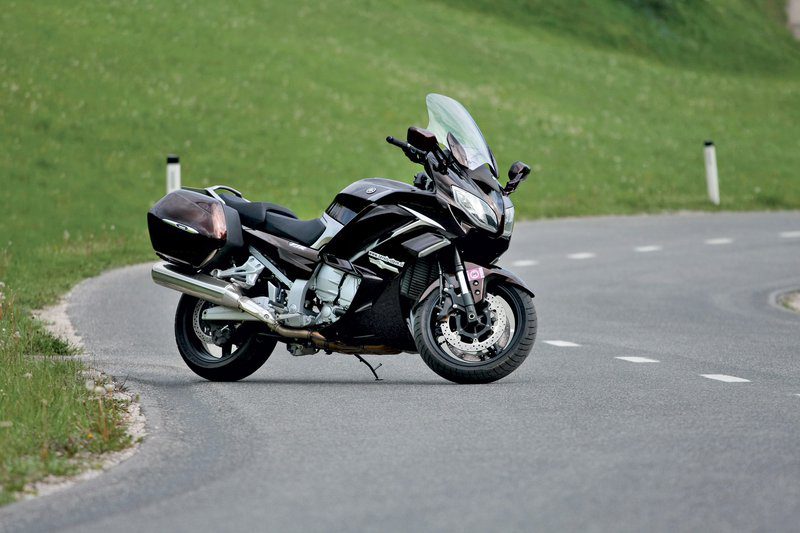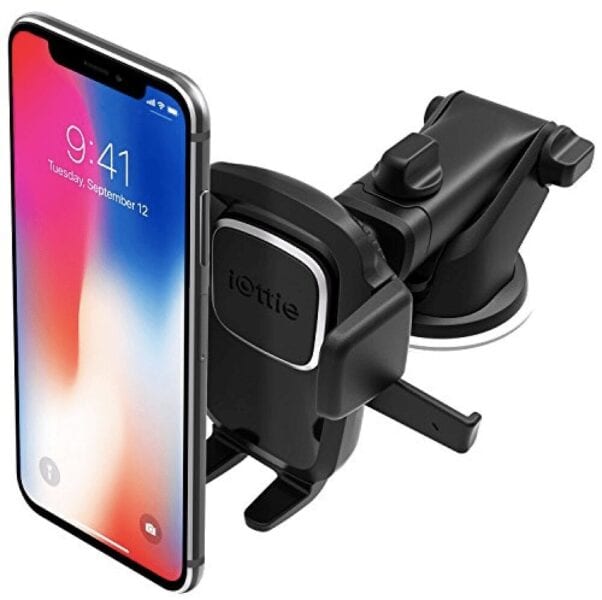
Test: Yamaha FJR 1300 AE
Yamaha FJR 1300 is an old motorcycle. Initially, it was intended only for the European market, but later, due to the fact that he fell in love with motorcyclists, he conquered the rest of the planet. It has been seriously upgraded and refurbished twice in all the years, and with the most recent refurbishment a year ago, Yamaha has captured the beat dictated by the competition. If this bike was meant to be raced on racetracks, then the burden would likely have been known for many years. On the road, however, the experience that years bring is more than welcome.
The fact that the FJR 1300 has never had much of a revolutionary change is a good thing. It is considered one of the most reliable motorcycles, which has served its owners reliably in almost all of its versions. No serial failures, no standard and predictable failures, so it is ideal in terms of reliability.
The aforementioned overhaul brought the bike closer in appearance and technically to competition. They re-kneaded the plastic lines of the armor, revamped the entire driver's workspace, and also refined other key components such as the frame, brakes, suspension and engine. But the most demanding riders have struggled with a suspension that is otherwise good quality and fulfills its purpose, but often quite heavy passengers simply demand the ability to easily adjust it in real time. Yamaha has listened to customers and has prepared an electronically adjustable suspension for this season. It is not a dedicated active suspension as we know from BMW and Ducati, but it can be adjusted on site, which is sufficient.

Since the essence of the test bike is the suspension, we can say a little more about this new product. Basically, the rider can choose between four basic settings depending on the load on the bike, and in addition, while riding, he can also choose between three different damping modes (soft, normal, hard). When the engine is idling, seven more gears can be selected in all three modes. Altogether, it allows for 84 different suspension settings and operations. Yamaha says the difference between all these settings is only a few percent, but trust me, on the road, it changes the character of the bike a lot. While driving, the driver can only change the damping setting, but that was enough, at least for our needs. Due to the rather complex setting via the function keys on the steering wheel, which requires some attention, the safety of the driver can be seriously compromised if he moves the selectors deeper while driving.
So the suspension is electronically controlled, which doesn't mean that this Yamaha can only be controlled by gentle steering movements. In wind-up areas, especially when driving in pairs, the driver's body also has to come to the rescue if you want to be above average dynamic. But when the rider learns the nature of the engine, which can operate in two different modes (sport and touring), this Yamaha becomes a very lively and, if desired, terribly fast motorcycle.
The engine is a typical Yamaha four-cylinder engine, although it develops 146 "horsepower". It is very moderate in the lower rev ranges, but when it spins faster it is responsive and decisive. In driving mode, even go a little overboard with a trip together. Pulls, but from low revs just not enough. Therefore, on winding roads, it is more advisable to choose a sports program that completely eliminates these problems, but switching between the two modes is also possible while driving, but always only when the gas is closed.
This Yamaha is often accused of not having sixth gear. We are not saying that it will be superfluous, but we did not miss it. The engine in all, as well as in the last, that is, fifth gear, confidently masters all speed ranges. Even at higher speeds, it doesn't spin too fast, with a good 6.000 rpm (about a good two-thirds) the bike accelerates to 200 kilometers per hour. No longer needed for road use. However, a passenger hiding behind the driver can complain that the roar of the four-cylinder engine at such speeds is significant.

While the FJR is a popular choice among marathon runners, the comfort and space is a little on the low side compared to some of its competitors. Slightly more compact, far from modest dimensions take their toll. The wind protection is mostly good, and at 187 inches tall, I sometimes wished the windshield could rise a little higher and deflect the gust of wind past the top of the helmet. The package is mostly rich. Center stand, spacious side bins, under-steering wheel storage, 12V socket, XNUMX-stage adjustable steering wheel heating, power windshield adjustment, adjustable handles, seat and pedals, cruise control, anti-lock brake system, anti-lock brake system. a sliding system and an on-board computer - that's actually all that is needed. Passenger will also praise the comfortable seat, which also has glute support – helpful in overclocking, where this Yamaha, if the driver so desires, excels.
To be honest, there is nothing particularly disturbing about this motorcycle. The layout and accessibility of some of the switches is a little confusing, the throttle lever takes too long to turn, and the 300kg bike has a hard time complying with the laws of physics. These are just small flaws that any male chub can easily deal with.
You might like the FJR a lot, but unless you are a seasoned motorcyclist, this is probably not the best choice. Not because you won't be able to match a motorcycle, but because you simply miss out on the best features of this machine. Even a gourmet and hedonist only becomes a man with age.
Face to face: Petr Kavchich
Why change a horse that pulls well? You just don't replace it, you just keep it fresh to keep up with the times. I love how a motorcycle that has become invulnerable and is a true marathon runner can become more modern with additional electronics.
Text: Matthias Tomazic
Basic data
Test model cost: 18.390 €
Technical information
engine: 1.298cc, four-cylinder, in-line, four-stroke, water-cooled.
Power: 107,5 kW (146,2 KM) at 8.000/min.
Torque: 138 Nm @ 7.000 rpm
Energy transfer: Transmission 5-speed, cardan shaft.
Frame: aluminum.
brakes: front 2 discs 320 mm, rear 1 disc 282, two-channel ABS, anti-skid system.
Suspension: front telescopic fork USD, 48 mm, rear shock absorber with swinging fork, el. continuation
Tires: front 120/70 R17, rear 180/55 R17.
Growth: 805/825 mm.
Fuel tank: 25 liters.
We praise and reproach
stability, performance
flexible motor and precise gearbox
good finish
appearance and equipment
effect with different suspension settings
location / distance of some steering wheel switches
long twist throttle
color sensitivity to stains
